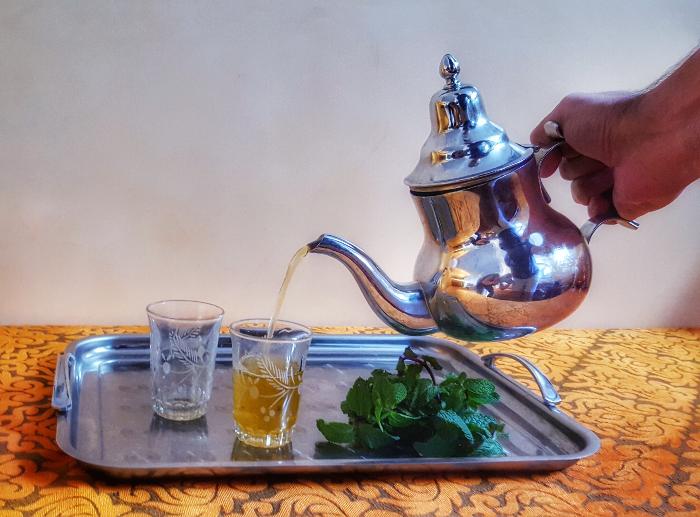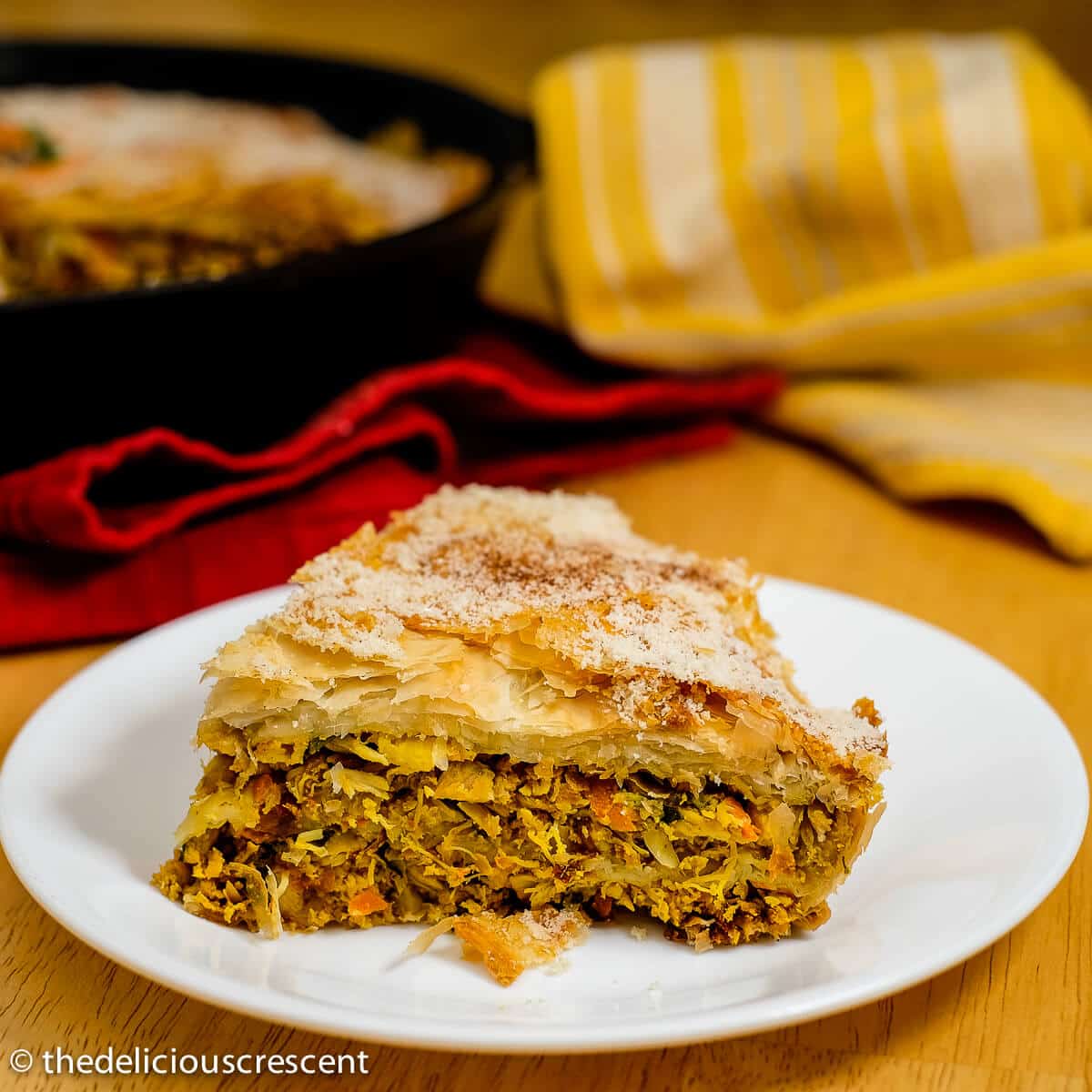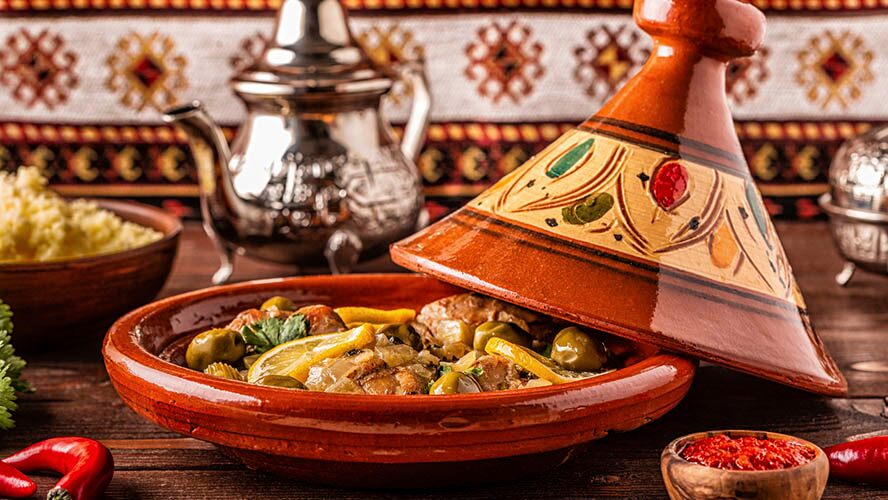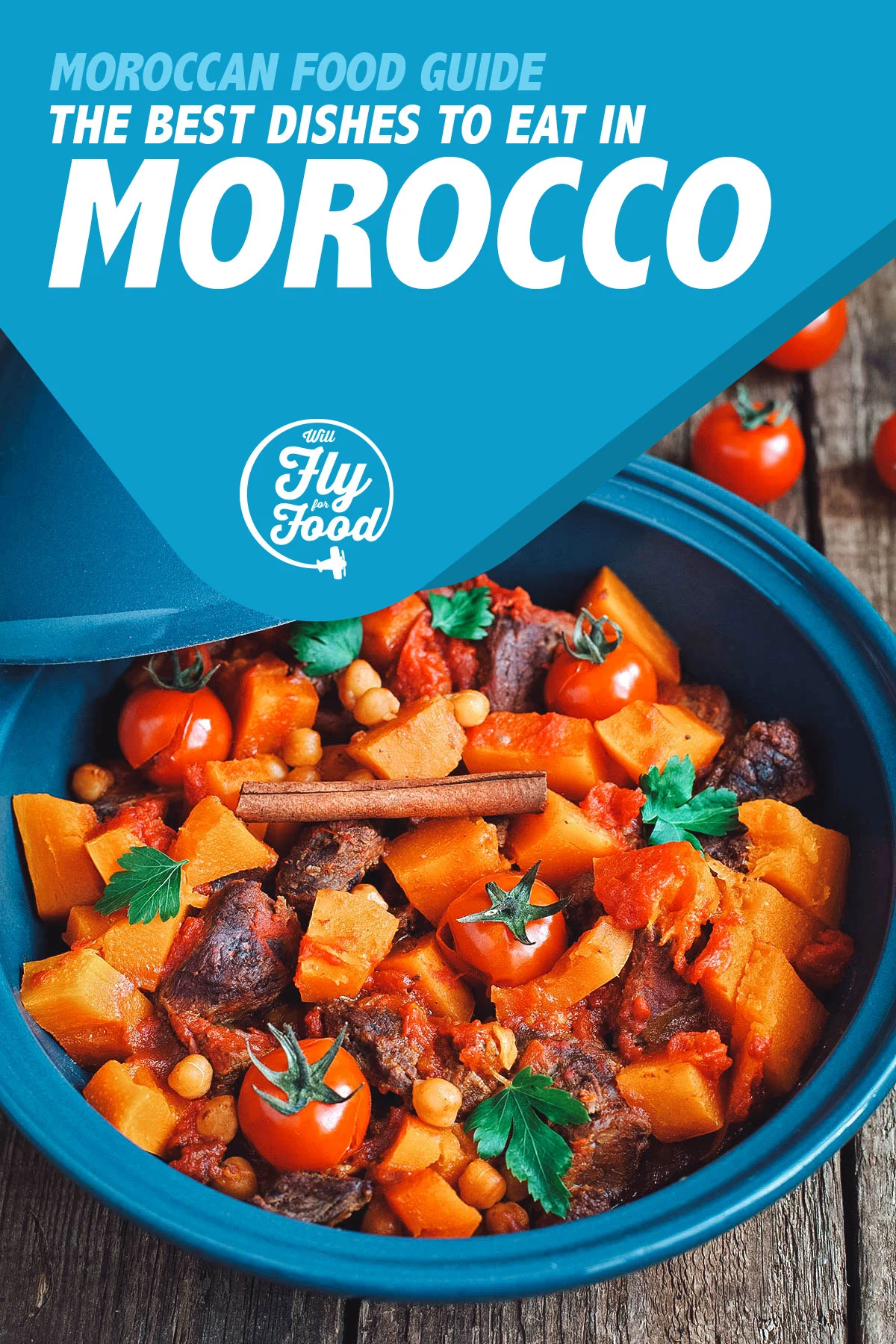Moroccan Feasts: A Guide to Traditional Food & Drinks

Introduction
Overview of Moroccan cuisine
When you delve into the rich tapestry of Moroccan cuisine, you'll find a vibrant mix of flavours, colours, and aromas that will tantalize your taste buds. Every bite tells a story of tradition and culinary expertise, From iconic tagines bursting with savoury meats and tender vegetables to aromatic couscous dishes.
The blend of spices like cumin, cinnamon, and saffron creates a symphony of taste unique to Moroccan cooking. Don't forget to savour sweet delicacies like baklava and chebakia, which will transport you to a world of indulgence and luxury.
Significance of traditional Moroccan feasts
As you immerse yourself in the warmth of traditional Moroccan feasts, you'll experience a celebration of hospitality, community, and togetherness. These feasts go beyond just food; they reflect Moroccan culture and values.
The elaborate preparation of dishes like the majestic lamb mechoui or the labour-intensive pastilla showcases the deep-rooted traditions and craftsmanship passed down through generations. The communal aspect of sharing meals with loved ones fosters a sense of unity and kinship that is at the heart of Moroccan society.
So, when you sit down at a Moroccan table, prepare to be enveloped in a feast that is as much about connection as it is about culinary delights.

Tagine: A Staple Dish
Explanation of tagine dish
When you indulge in the culinary wonders of Moroccan cuisine, one dish that stands out is the iconic tagine. Picture succulent meats, vibrant vegetables, and a melody of spices slow-cooked to perfection in a conical clay pot.
The tagline represents the heart and soul of Moroccan cooking, embodying centuries of tradition and flavour. As you lift the lid, the aromatic steam that escapes tantalizes your senses, promising a culinary journey like no other.
Varieties of tagine dishes and ingredients
In your exploration of Moroccan tagine dishes, you'll encounter a myriad of variations, each with its unique blend of ingredients and flavours. From the classic lamb tagine infused with apricots and almonds to the fragrant chicken tagine with preserved lemons and olives, the options are endless.
Vegetarian tagines, featuring ingredients like chickpeas, eggplant, and sweet potatoes, offer a delectable alternative for plant-based enthusiasts. The key to a mouthwatering tagine lies in the harmonious combination of spices such as cumin, paprika, and turmeric, elevating each bite to a symphony of taste.
So, whether you savour a traditional tagine or opt for a contemporary twist, each dish promises a culinary experience that will leave you craving more.

Couscous: Moroccan Comfort Food
History and cultural significance of couscous
When you delve into the rich culinary heritage of Morocco, couscous emerges as a beloved comfort food deeply rooted in tradition. Originating from North Africa, couscous holds cultural significance as a staple dish shared among families and friends. Its history dates back centuries, symbolizing unity and togetherness during communal gatherings and festive occasions.
The meticulous preparation of couscous involves steaming tiny granules of durum wheat semolina, imparting a light and fluffy texture that pairs harmoniously with a variety of savoury stews and vegetables.
Preparation methods and serving traditions
As you embark on a culinary journey to explore the world of couscous, you'll discover the artistry and care that goes into its preparation. Traditionally, couscous is steamed in a special pot called a couscoussier, allowing the granules to absorb the fragrant steam and achieve the perfect consistency. The serving traditions surrounding couscous are equally enchanting, with the dish often served in a communal style, encouraging shared meals and fostering a sense of community and connection.
Whether garnished with tender lamb, aromatic vegetables, or spicy harissa, each mouthful of couscous embodies the warmth and hospitality of Moroccan culture, inviting you to savor every delicious bite.

Moroccan Mint Tea: A Refreshing Beverage
Moroccan mint tea brewing process
As you unravel the delightful world of Moroccan mint tea, prepare to be enchanted by the intricate brewing process that transforms simple ingredients into a fragrant and invigorating drink. The traditional method involves steeping fresh spearmint leaves in hot water, accompanied by a generous amount of sugar, to create a perfect balance of flavours.
Watching the fragrant steam rise from the teapot as the mint leaves release their essence is a sensory experience that will transport you to the bustling markets of Morocco, where tea rituals hold a special place in everyday life.
Health benefits and ceremonial importance
Embrace the numerous health benefits and ceremonial significance of sipping Moroccan mint tea. Beyond its refreshing taste, this tea is revered for its digestive properties, soothing qualities, and invigorating effect. Each cup of Moroccan mint tea is an opportunity to pause, unwind, and connect with others, as tea ceremonies symbolize hospitality and friendship in Moroccan culture.
Whether enjoyed in the serene tranquillity of your home or amidst the vibrant ambience of a bustling Moroccan souk, every sip of this revitalizing beverage embodies a moment of pure pleasure and relaxation.

Pastilla: A Unique Appetizer
Description of pastilla dish
When you delve into the world of pastillas, get ready to savour a unique appetizer that combines savoury and sweet flavours in a delightful pastry. The dish originates from Morocco and features a flaky phyllo dough or warqa filled with a delicious mixture of spiced meat (often pigeon or chicken), almonds, eggs, and a hint of cinnamon. This combination of ingredients creates a harmonious blend of flavours that tantalize your taste buds with each bite.
Traditionally, pastilla is baked until golden brown and dusted with powdered sugar and cinnamon, adding a touch of sweetness to the savoury filling.
Ingredients used and variations in recipes
As you explore pastilla recipes, you'll discover a myriad of variations that cater to different preferences and dietary restrictions. While the classic version typically includes meat, almonds, and eggs, you can find vegetarian options with a filling of sautéed vegetables, mushrooms, and aromatic spices. Some recipes also incorporate seafood such as shrimp or fish for a unique twist on this traditional dish.
Additionally, the choice of spices, such as cumin, ginger, and saffron, can vary to enhance the flavour profile of the pastilla. Whether you prefer a traditional recipe or a modern interpretation, pastilla offers a versatile appetizer that can be customized to suit your taste preferences.
Harira: Moroccan Soup Delight
Harira soup as a traditional Moroccan dish
When you immerse yourself in the world of Harira soup, get ready to experience a traditional Moroccan delight bursting with flavours and cultural richness. Originating from Morocco, Harira is a hearty and aromatic soup that has been a staple in Moroccan households for generations. It is not just a dish; it is a symbol of hospitality, shared meals, and cherished traditions that bring families together around the dining table.
Ingredients, flavours, and methods of preparation
As you explore the realm of Harira soup recipes, you will encounter a plethora of ingredients and flavours that make each recipe unique. Typically, Harira soup consists of a rich and flavorful broth made from tomatoes, lentils, chickpeas, onions, celery, and a blend of aromatic spices like cinnamon, cumin, and turmeric.
The soup is thickened with a combination of flour and beaten eggs, giving it a velvety texture and a hearty consistency. Some variations may include lamb, beef, or chicken to add depth to the soup's flavour profile.
The preparation of Harira soup involves a slow simmering process that allows the flavours to meld together, resulting in a satisfying and comforting bowl of soup. Whether served as a starter during festive occasions or enjoyed as a wholesome meal on a chilly evening, Harira soup is a versatile and nourishing dish that embodies the essence of Moroccan culinary tradition.

Moroccan Lamb and Chicken Dishes
Significance of lamb and chicken in Moroccan cuisine
When you delve into the world of Moroccan cuisine, you'll discover the significant role that lamb and chicken play in creating mouthwatering dishes that tantalize your taste buds. These meats are not just ingredients but symbols of rich culinary traditions and cultural heritage passed down through generations.
The tender and flavorful lamb and succulent chicken are integral components of Moroccan cuisine, adding depth and complexity to diverse dishes that reflect the country's vibrant flavours and aromas.
Popular lamb and chicken dishes with unique flavours
As you explore Moroccan cuisine further, you'll encounter a variety of iconic dishes featuring lamb and chicken that showcase the unique flavours of the region. From the aromatic Tagine dishes slow-cooked with tender lamb or chicken to the fragrant Moroccan Chicken Bastilla wrapped in layers of crispy pastry, each dish offers a sensory journey through the vibrant spices and exotic ingredients that define Moroccan gastronomy.
Whether savouring the robust flavours of Moroccan Lamb Tagine with preserved lemons and olives or indulging in the tender Moroccan Chicken Couscous infused with saffron and dried fruits, these dishes promise a culinary experience that celebrates the fusion of savoury, sweet, and aromatic elements that make Moroccan cuisine truly unforgettable.

Moroccan Sweets and Desserts
Selection of traditional Moroccan desserts
When you immerse yourself in the realm of Moroccan cuisine, the journey is never complete without indulging in the delightful array of traditional sweets and desserts. These sweet treats hold a special place in Moroccan culture, symbolizing hospitality, celebration, and warmth. From the decadent layers of Baklava dripping in honey and nuts to the delicate Almond Briouats dusted with powdered sugar, each dessert tells a story of centuries-old recipes perfected over time.
The luscious Chebakia, intricately shaped like roses and infused with orange blossom water, and the velvety Pastilla filled with almond cream and cinnamon are just a glimpse of the diverse and exquisite Moroccan dessert offerings that await your taste buds.
Ingredients, preparation, and cultural importance
As you delve deeper into the preparation of traditional Moroccan desserts, you'll uncover a rich tapestry of ingredients and meticulous techniques that have been passed down through generations. The use of ingredients such as almonds, pistachios, honey, and aromatic spices like cinnamon and anise seed reflects the country's abundant culinary resources and cultural diversity.
The intricate preparation methods, from hand-rolling layers of filo dough for Baklava to shaping Ma'amoul cookies with wooden moulds, showcase the artistry and attention to detail that characterizes Moroccan dessert-making. These desserts are not just sweets; they are expressions of love, heritage, and shared moments that bring people together to savour the richness of Moroccan culinary traditions.

Conclusion
Tips for experiencing the richness of Moroccan feasts
When you delve into the enchanting world of Moroccan sweets and desserts, prepare to embark on a sensory journey like no other. Immerse yourself in the symphony of flavours and textures that await your eager taste buds. Each bite tells a tale of tradition, heritage, and culinary mastery that has stood the test of time. From the flaky layers of Baklava to the fragrant Almond Briouats, indulge in these sweet delights with a sense of wonder and appreciation for the cultural significance they hold.
As you savour the delights of Moroccan desserts, take a moment to appreciate the painstaking preparation and artistry that goes into each treat. The intricate shaping of Chebakia, like delicate roses or the labour of love involved in crafting the velvety Pastilla, are testaments to the craftsmanship and attention to detail embedded in Moroccan culinary traditions. Let each bite transport you to a realm where flavours sing in unison, and textures dance on your palate.
Embrace the spirit of togetherness and joy that Moroccan sweets bring. Whether shared with loved ones during celebrations or savoured in quiet moments of reflection, these desserts have the power to create lasting memories and deepen connections.
So, as you partake in the richness of Moroccan feasts, remember that each dessert is not just a treat for the taste buds but a celebration of life, love, and the enduring legacy of Moroccan culinary heritage.
